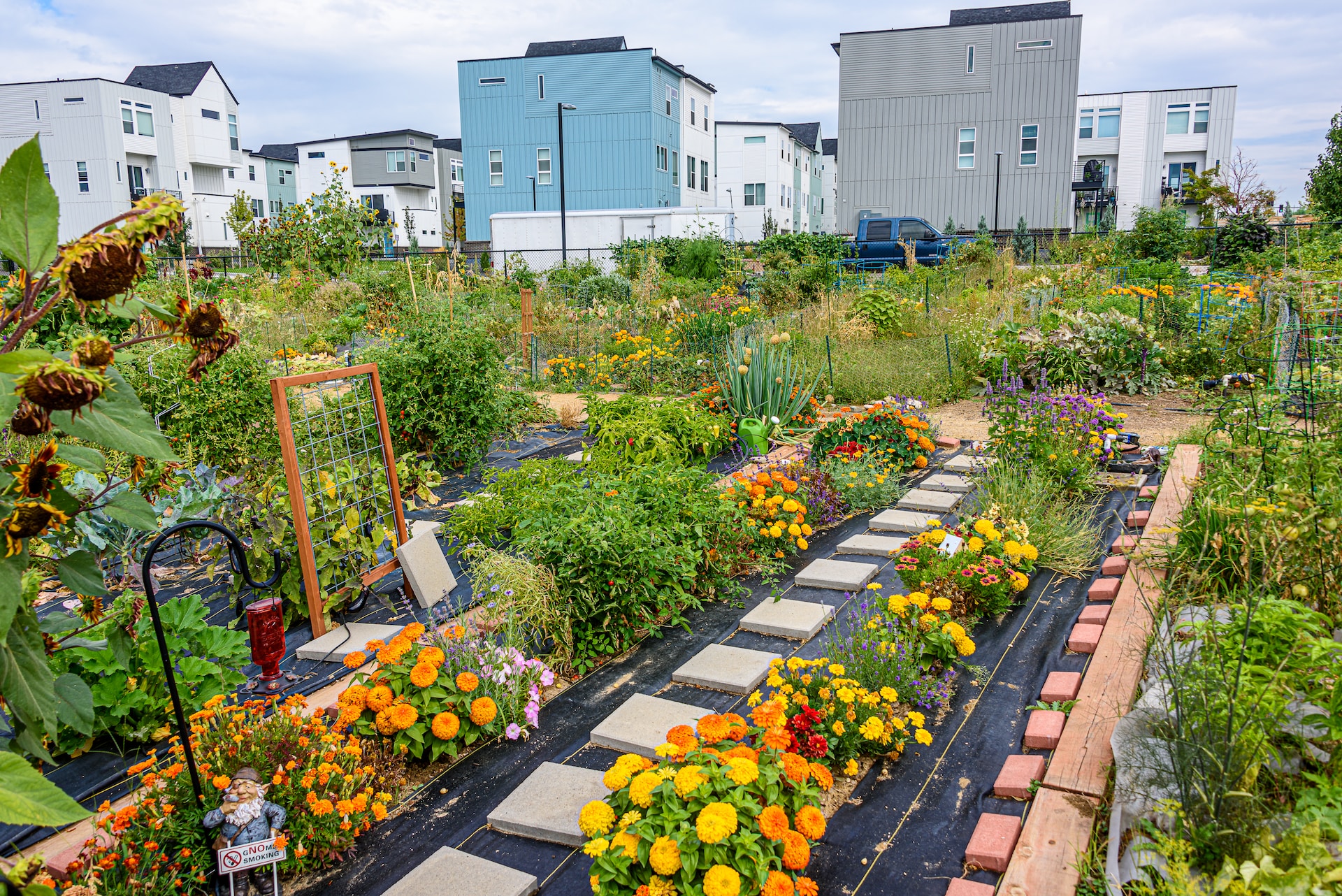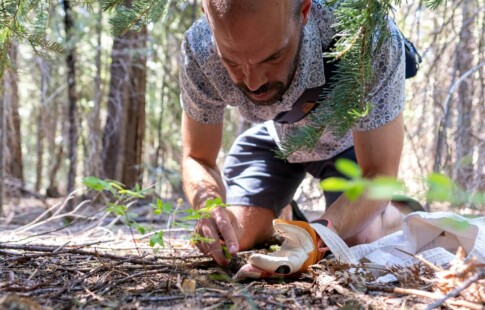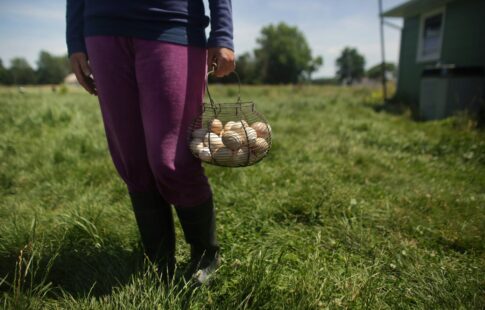
A Guide to Community Garden Funding
We are reader-supported. When you buy through links on our site, we may earn affiliate commission.
Community gardens significantly contribute to society and the environment, providing recreation, improved health, and access to clean produce. Of course, community garden funding opportunities are the only way to get one off the ground.
During the pandemic, community gardens across the United States experienced budget cuts, making startup and operating costs challenging to attain. Many community gardens rely on grants and donations to fund their initiatives — and you can, too. Let’s look closer at where to find funding for your community garden project and how the nation’s most successful gardens thrive.
Why Are Community Gardens Important?
The United States is amid a food crisis exacerbated by COVID-19. More than 33.8 million Americans were food insecure in 2021, with 3.8% reportedly skipping meals because they couldn’t afford groceries.
About 12.8% of Americans live in low-income areas, where 6.2% need better access to supermarkets and transportation. The U.S. Department of Agriculture recognizes these neighborhoods as food deserts, where people must travel more than one mile for goods in urban areas and over 10 miles in rural areas.
Community gardens provide a solution to hunger in the U.S. These urban farms can reduce food insecurity by 90%, yielding 20.4 servings of fruits and vegetables per 11 square feet.
Other benefits of community gardens include the following:
- Transform unsightly vacant lots into beautiful landscapes
- Promote healthier living
- Foster community ties
- Improve stress and well-being
- Deliver learning opportunities for children and their families
- Reduce waste and increase air quality
4 Ways to Boost Community Garden Funding
The hunger statistics must bother you enough if you want to start a community garden. If anything, you may just want to contribute to your surrounding community. Fortunately, there are many ways to source money for your project. Try these four community garden funding strategies to set your community garden up for success.
1. Apply for Grants
There are numerous public grants available for community garden initiatives. The American Public Garden Association compiles a list of grant opportunities you may be eligible for.
For example, the Urban Agriculture Resilience Program by the U.S. Botanic Garden (USBG) supports agricultural education and urban food production. Since 2020, the USBG has issued 80 financial awards to community gardens in 30 states.
You can also search for community food project grants on Grants.gov. Much assistance focuses on community development and aiding disadvantaged neighborhoods.
2. Foster Partnerships
Community garden organizers must make a steadfast effort to accrue funds. One way they can do this is through partnering with local governments, businesses, schools, and organizations.
For instance, city governments can easily acquire locations for community gardens at zero cost to the project organizers. Municipal departments like Parks and Recreation like to work alongside community gardens to align their visions for public health and wellness.
NeighborSpace is the sole nonprofit urban land trust, partnering with Chicago community gardens to preserve and provide insurance, water access, and support for thriving projects. The trust protects gardens from city development and covers liability insurance for participants.
3. Ask for Public Donations
Most community gardens establish a donation page on their website. Public donations are a critical funding source for successful gardens.
However, while money goes a long way in financially supporting community food initiatives, other donations also help. For instance, donors might also furnish gardening equipment, compost, and other materials necessary for operations.
4. Start a Crowdfunding Campaign
Crowdfunding is another online donation strategy in which community garden projects can pool money from the local community, people across the country, companies, and councils.
Funding your community garden through crowdfunding is challenging — only 23.6% of all crowdfunding campaigns are fully supported. However, many projects achieve sufficient financing for a successful startup.
Inspiring Community Gardens Across America
Spokane, Washington, has more community gardens than any other U.S. city. In 2022, Spokane had 4.8 community food projects for every 1,000 residents, followed by Portland, Oregon, at 4.1 sites.
Community organizers can look to the nation’s top community gardens as inspiration for their own. Some might even take a lesson from them on fundraising. Here are three inspiring community gardens in the U.S.
Fenway Victory Gardens
Fenway Victory Gardens in Boston, Massachusetts, was founded in 1942, making it the oldest community garden in the nation. The project was deemed critical during World War II when food rationing was high, permitting farmers to supply more food to overseas troops.
Participants wait a long time to occupy one of its 500 plots across seven acres, having to volunteer and complete community service to become eligible.
In 2018, the Boston Planning and Development Agency — in conjunction with the Boston Red Sox — funded $25,712 for a new butterfly garden in Fenway Victory Gardens.
Gotham Greens
Hydroponic gardening can produce 16 times more yields with greater nutrient density to reduce food insecurity. Gotham Greens in Brooklyn has maximized this gardening technique, becoming one of the largest community food initiatives in the U.S.
Gotham Greens operates nine hydroponic greenhouses across six states, saving 300 acres of land and 270 million gallons of water — far more than conventional farming methods.
A year ago, Gotham Greens funded $310 million through investment funds and various partners to expand their facilities throughout Texas, Colorado, and Georgia. Their total funding has amounted to $440 million since 2009. By the end of 2023, Gotham Greens hopes to run 13 new farms — about 40 acres — while the rest of the money will go toward future acquisitions.
UpGarden P-Patch
UpGarden P-Patch has occupied 25,000 square feet of Mercer Street Garage’s rooftop in Downtown Seattle since 2012. Gardeners have filled its 86 plots with fresh produce, pollinator plants, birdhouses, and beehives to attract pollinators of all kinds.
Quirkier features include an old Airstream trailer tool shed and a bright purple 1963 Ford Galaxie filled with plants. Likewise, the P-Patch Giving Garden donates hundreds of pounds of food to Seattle food banks annually.
After Seattle residents protested plans to convert the UpGarden P-Patch into additional parking for the city’s new NHL team, city officials issued protections for the garden as long as the Mercer Street Parking Garage stood.
Community Gardens Make a Real Difference
Starting community gardens is full of challenges, but they significantly impact communities nationwide. Community garden funding helps project organizers turn their idea for a food project into a reality, closing the gap between low-income households and access to nutritious, affordable food.
Share on
Like what you read? Join other Environment.co readers!
Get the latest updates on our planet by subscribing to the Environment.co newsletter!
About the author
Grace Waters
Always inspired by the natural world around her, Grace grew up exploring tide pools and hiking mountain trails, developing a deep appreciation for biodiversity and conservation. Now, Grace works as the Senior Editor of Environment.co where she covers topics related to emerging clean technologies, zero-waste initiatives, and the intersection of environmental policy and everyday living.





